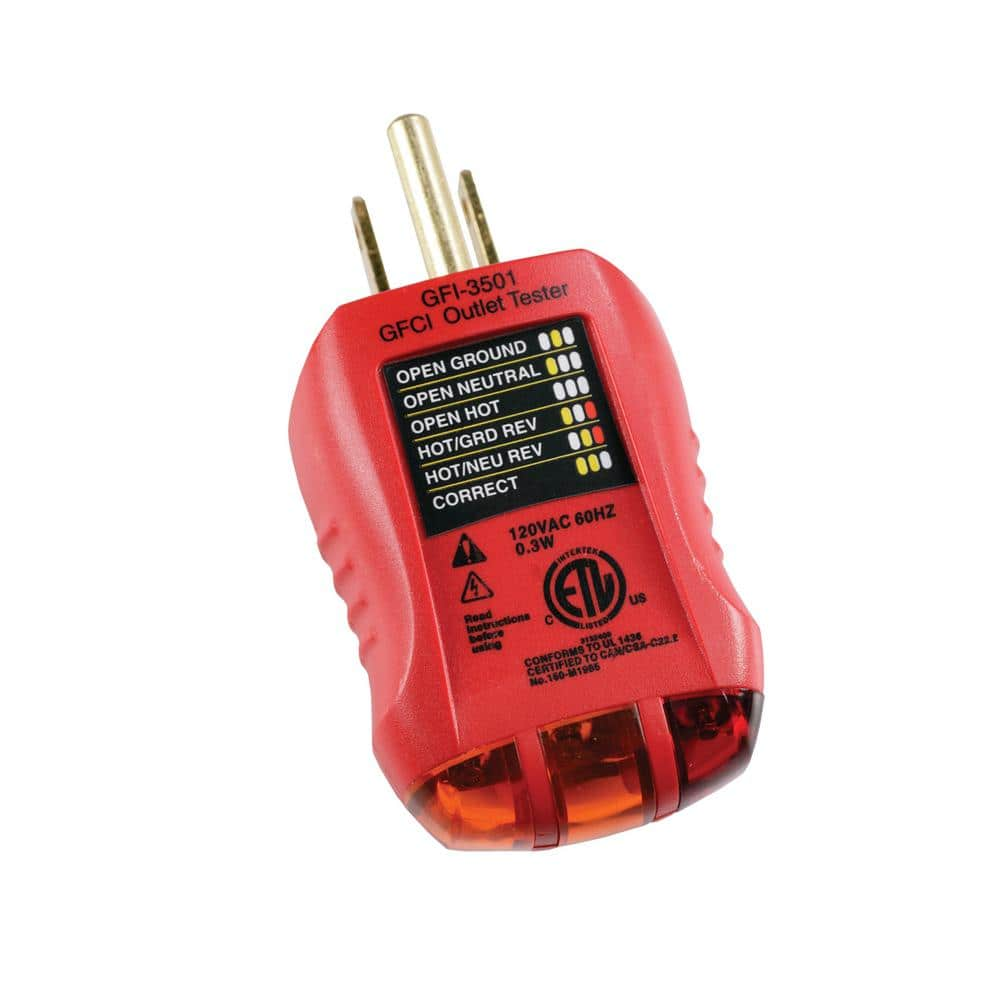When you are charging at 120v (which is your standard outlet) at home, you may be charging on a shared outlet. By "Shared outlet" it means an outlet in which there are other wall plugs on the same circuit.
For example, you may have an outlet in your garage that you are plugging into, and that same outlet may also be on the same circuit as wall plugs in your residence. Since plugging an EV into a standard outlet comes close to "maxing out" the power that circuit can deliver, if its a shared circuit, and you start something else on that circuit, it can trip the breaker (hopefully) or overload the circuits if the breaker does not trip.
It is VERY common for "regular" outlets to be shared, unless it is setup for EV charging, or some other device that is not supposed to be shared by code (like a microwave, or an electric dryer outlet, for example).
So, advice for charging on a standard wall plug would be to figure out what else, if anything, is on that circuit before you start using it for EV charging for hours and hours and hours (and hours and hours and hours) of charging.
The easiest way to do that, is to figure out what breaker that plug is on, and get yourself an inexpensive tester. something like this:
Thats just an example, they sell them on amazon, or any home improvement store close to you. Model kind of doesnt matter for this application. To use this, you would plug it into the outlet you charge on, look in the breaker box and try to find the breaker that matches that outlet, turn off the breaker, and see if the light goes out on that device.
Then, with the breaker still off, you take that device and plug into various other outlets around your home and see if the light comes on (meaning its not on that breaker) or doesnt (meaning it is on that breaker / Circuit). Then, once you figure that out, you will know where you stand. If its on the same circuit with other items, you technically are not supposed to use it for charging, but, you could, as long as you know what that stuff is and that it wont be turned on.
Not the best situation, but at least you would know, and wouldnt likely inadvertently pop your breaker (or worse, overload the circuit and have the breaker fail to pop)
you can also "turn the amps down" as you mentioned people are telling you, so that you dont max out the circuit. Also not ideal from a use case scenario, but thats why you would do that.
Hope that helps to explain.





